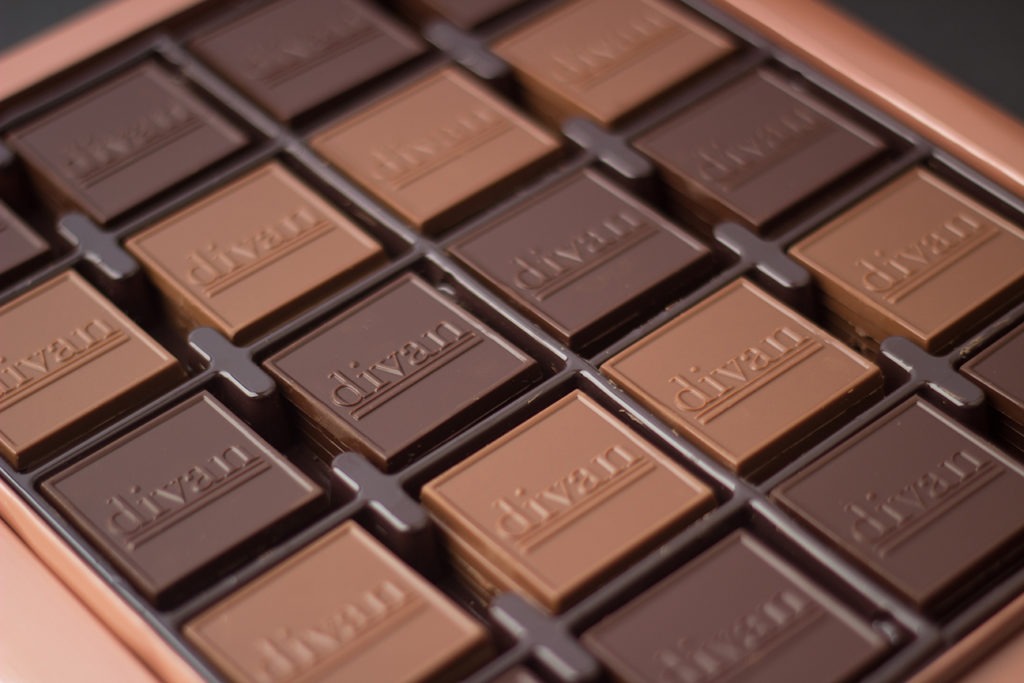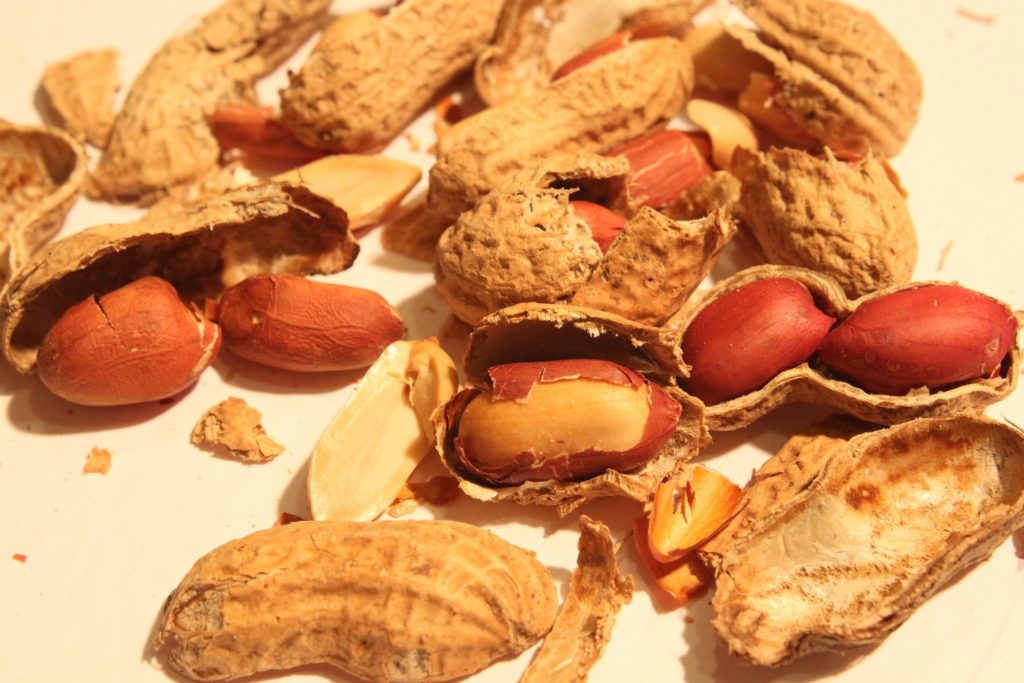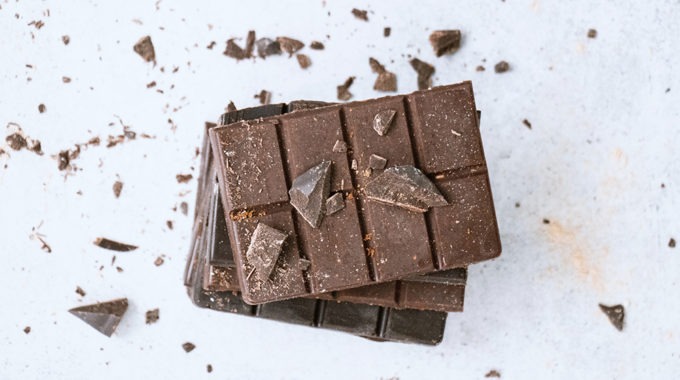Go nuts: a healthier milk chocolate
Milk chocolate is one of the world’s favourite treats, prized for its sweet flavour and creamy texture. Milk choc can be found in all types of confectionary, but it isn’t exactly a health food… No matter how much we might wish it could be. In contrast, dark chocolate has high levels of phenolic compounds. These can provide antioxidant health benefits. However, it’s also a harder, more bitter chocolate, which makes it not quite so moreish or desirable for many. But researchers from the American Chemical Society may have found a way to create healthier milk chocolate. They do this by combining it with waste peanut skins and other waste products. This boosts milk chocolate’s antioxidant properties.

Skin in the game
“The idea began with testing different types of agricultural waste for bioactivity, particularly peanut skins,” says Dr Lisa Dean, the project’s principal investigator. “Our initial goal was to extract phenolics from the skins and find a way to mix them with food.”
Manufacturers roast and process peanuts to make peanut butter, lollies and other products. But they throw away the papery red skins that encase the legume inside its shell. Thousands of tonnes of peanut skins are discarded each year. However, since they contain around 15 percent phenolic compounds by weight, they’re a potential goldmine of antioxidant bioactivity. As a bonus, not only do antioxidants provide anti-inflammatory health benefits, they also keep food products from spoiling.

Compound interest
“Phenolics are very bitter, so we had to find some way to mitigate that sensation,” Dr Dean says. In fact, the natural presence of phenolic compounds is what gives dark chocolate its bitterness, along with less fat and sugar compared to its milk chocolate cousin. Dark varieties are also more expensive than milk ones because of their higher cocoa content. So the addition of waste like peanut skins provides similar benefits for a fraction of the price.
But peanut skins are not the only food waste that can enhance milk chocolate in this way. The researchers are also exploring the extraction and incorporation of phenolic compounds from used coffee grounds, discarded tea leaves and other food scraps.
Initial trials by the researchers showed that their healthier milk chocolate passed the taste test with flying colours. While commercial availability of the new chocolate is still a way off and subject to corporate patents, they hope that their efforts will eventually lead to a healthier milk chocolate on supermarket shelves around the world.









